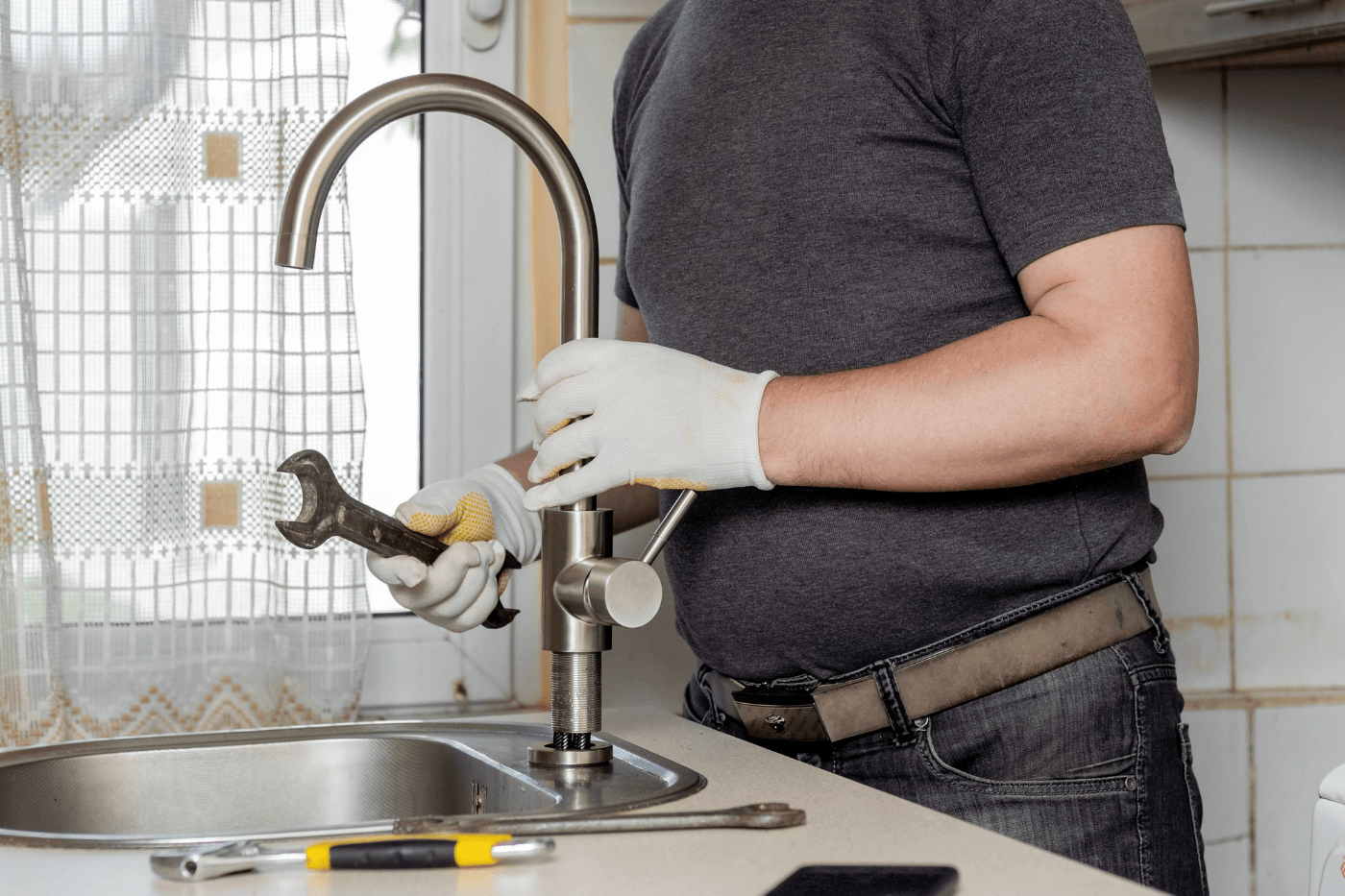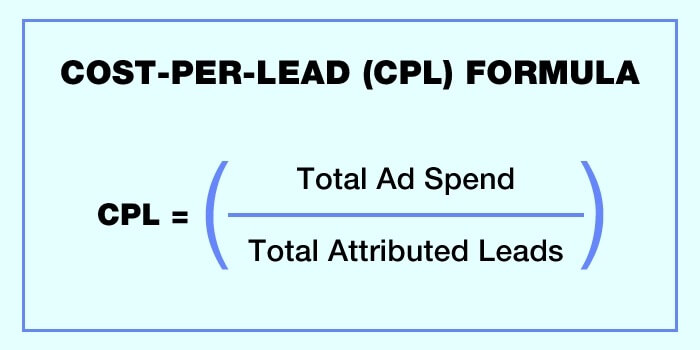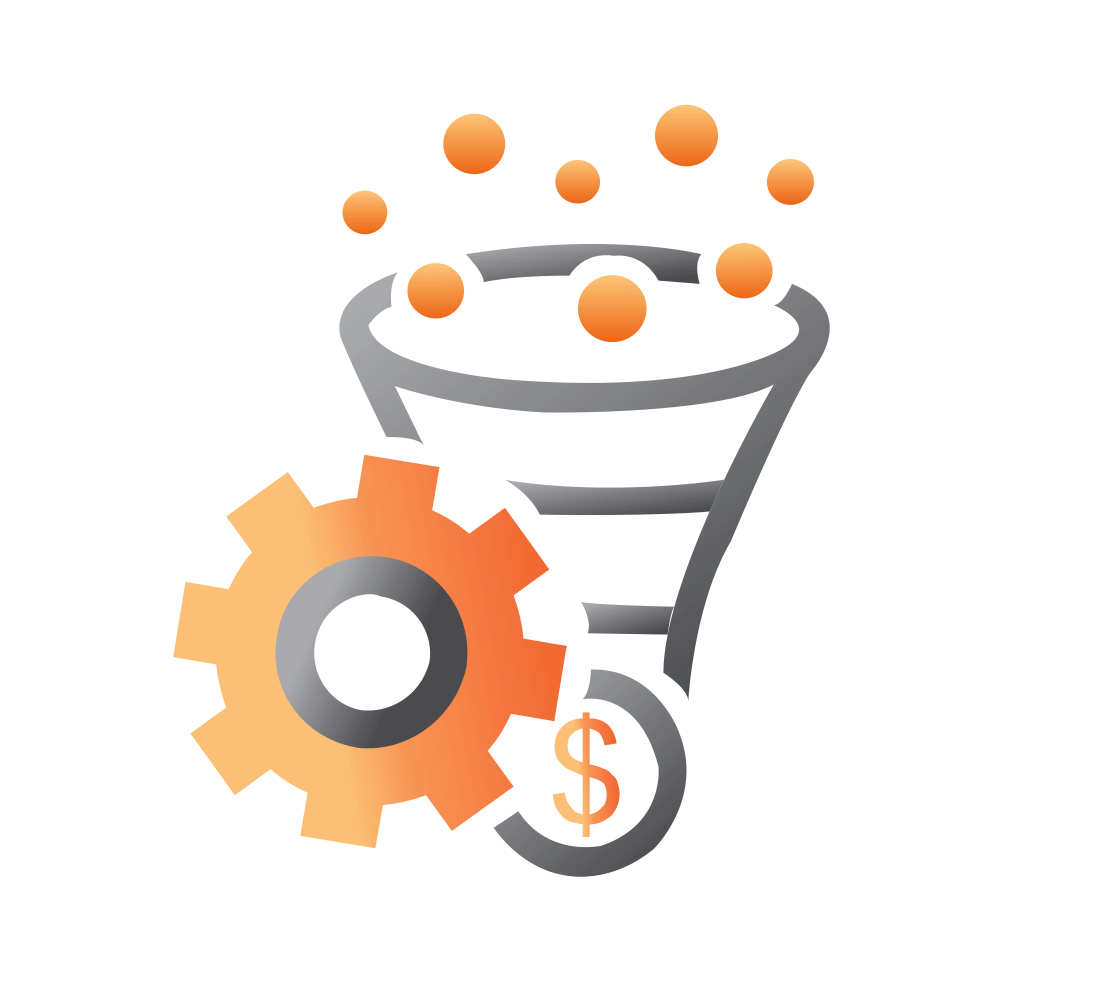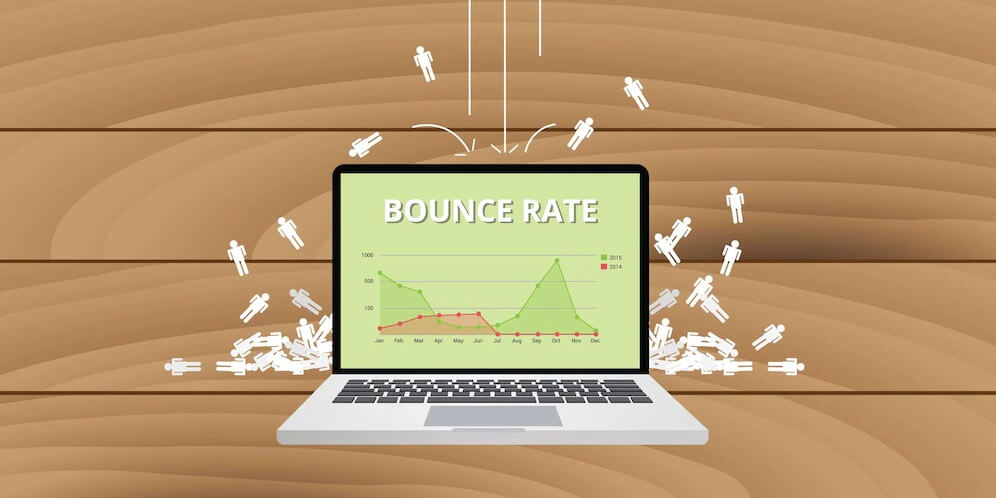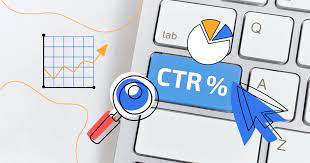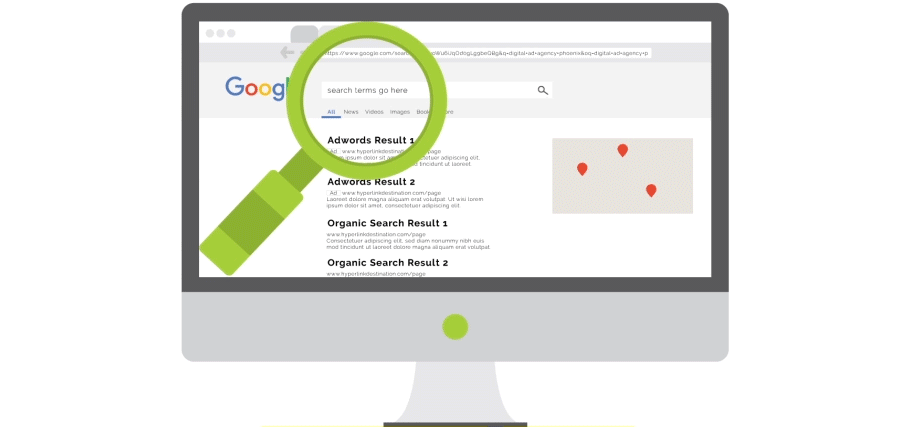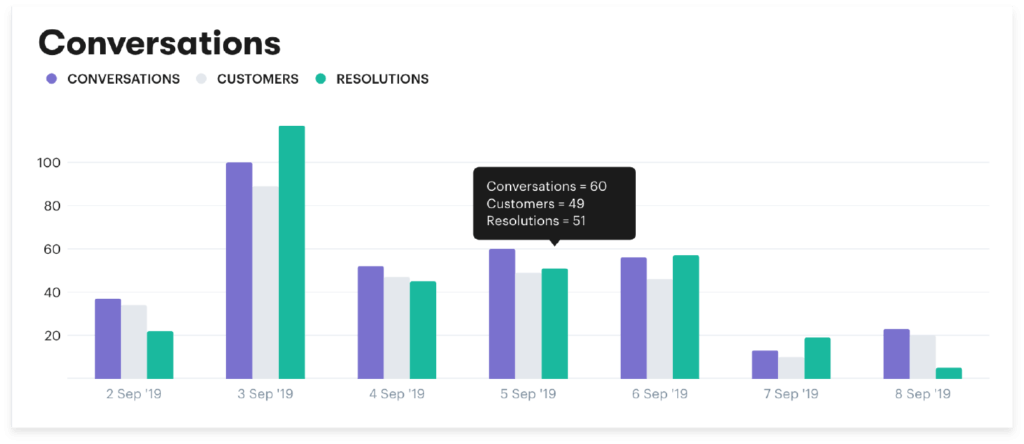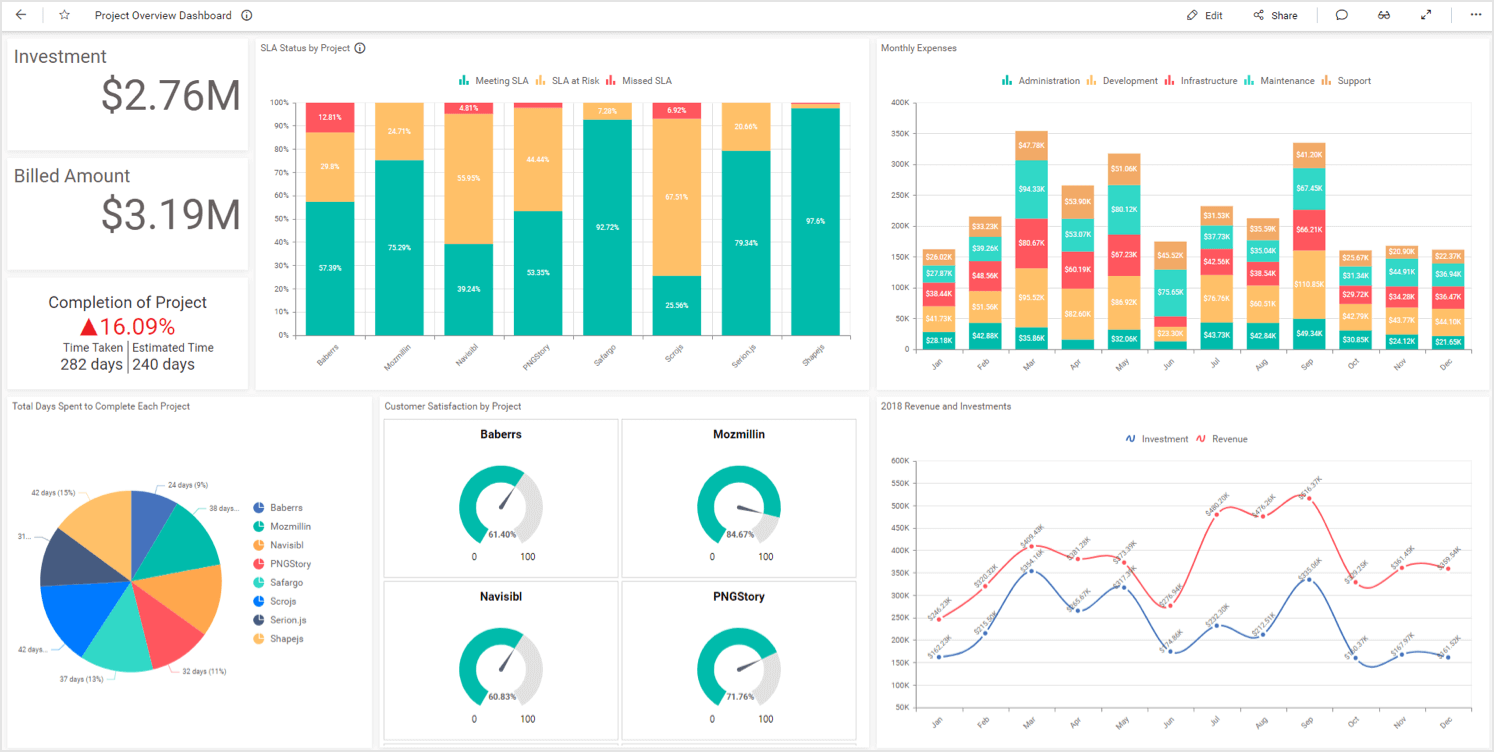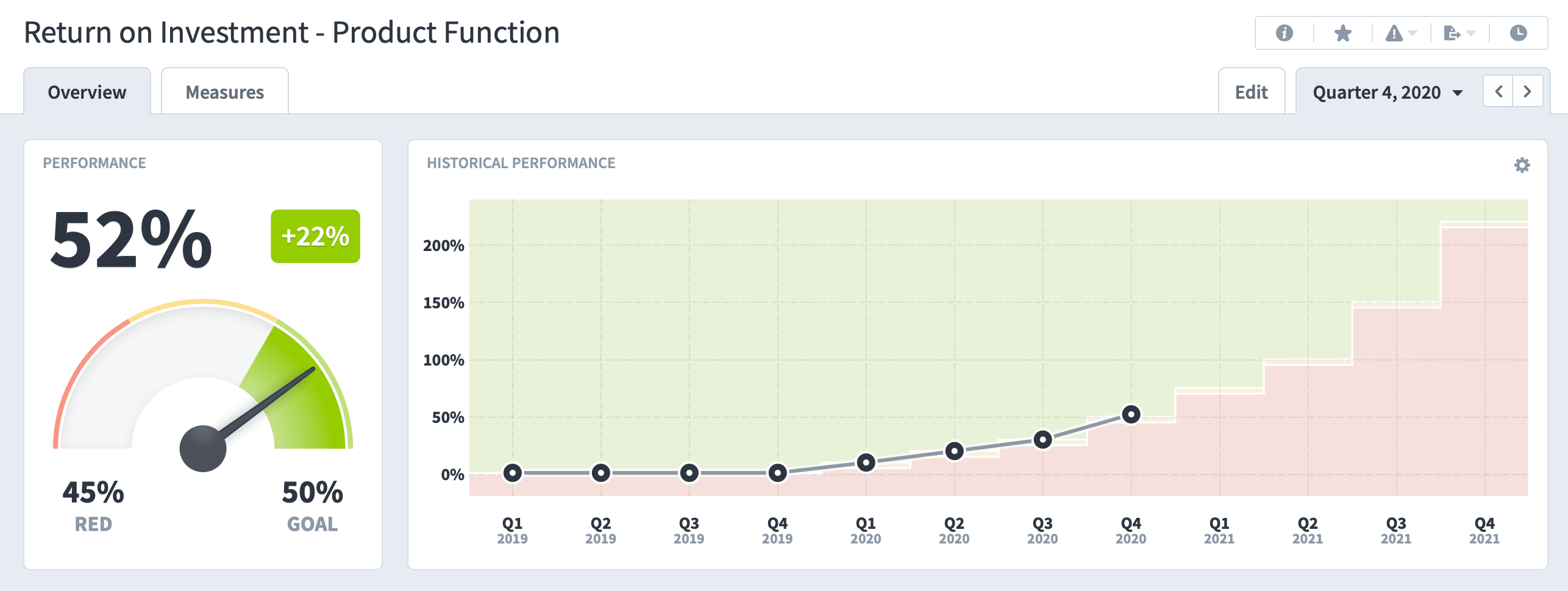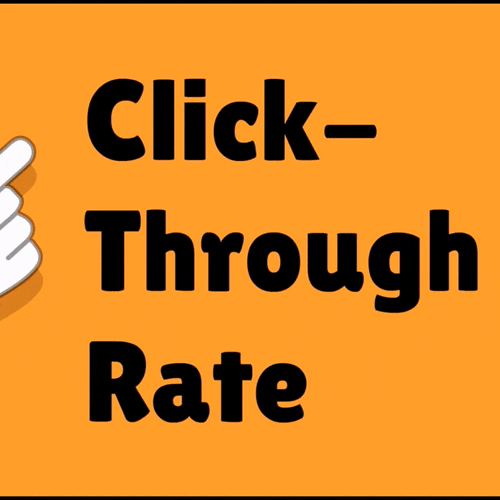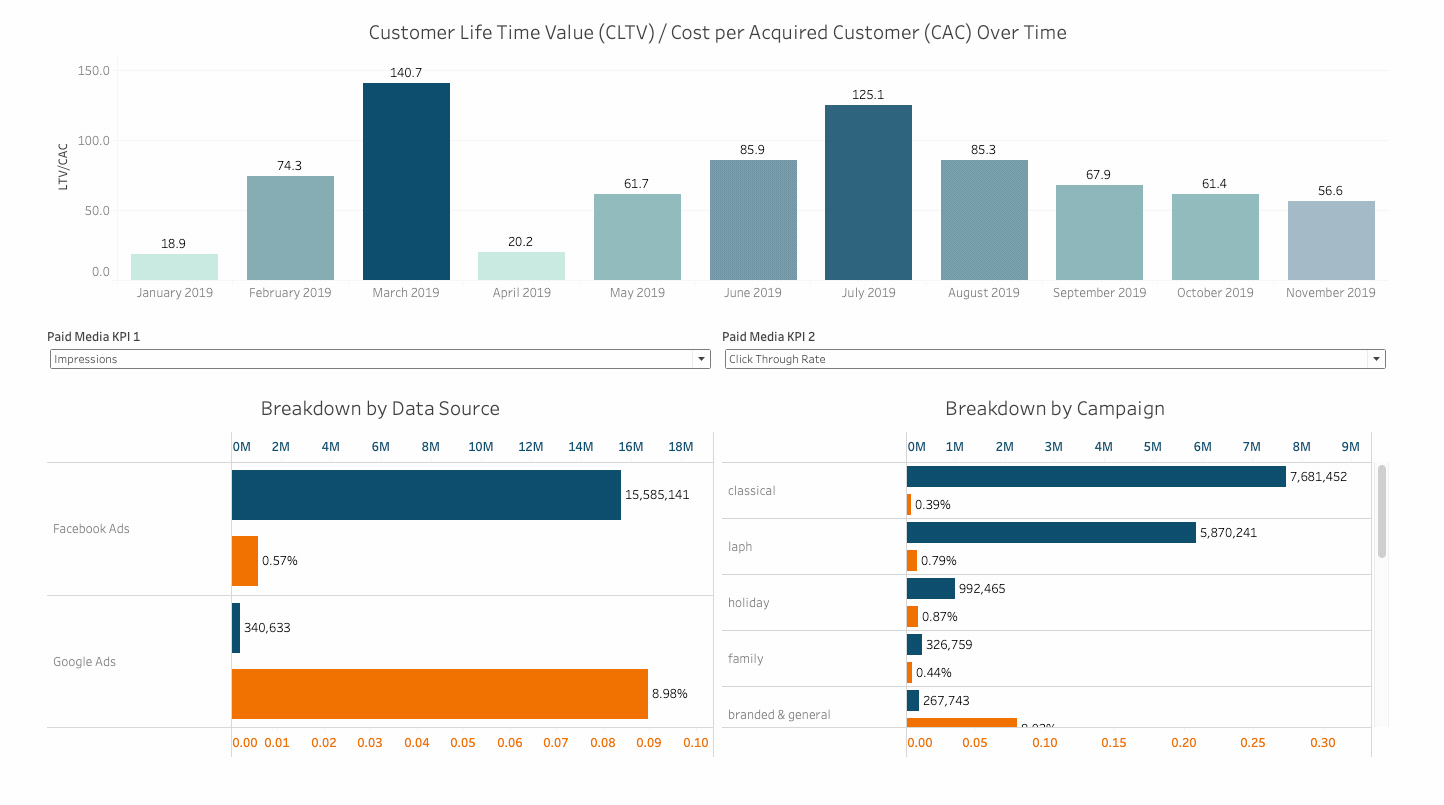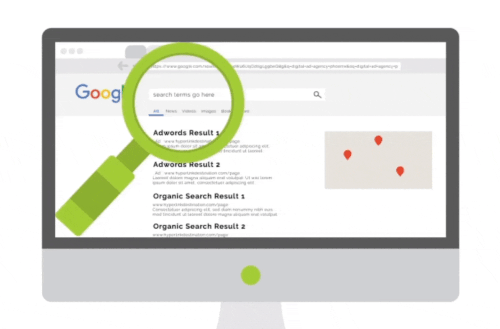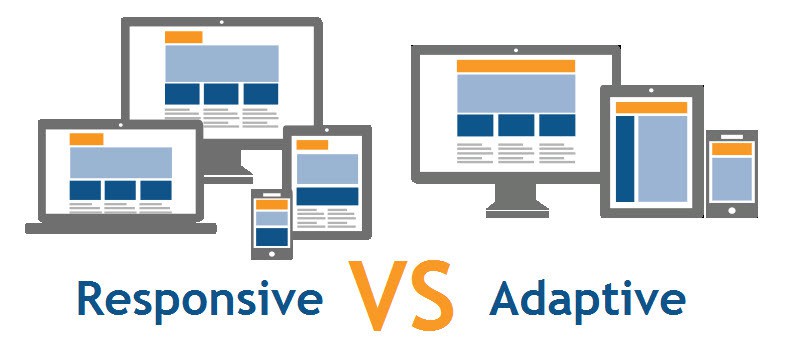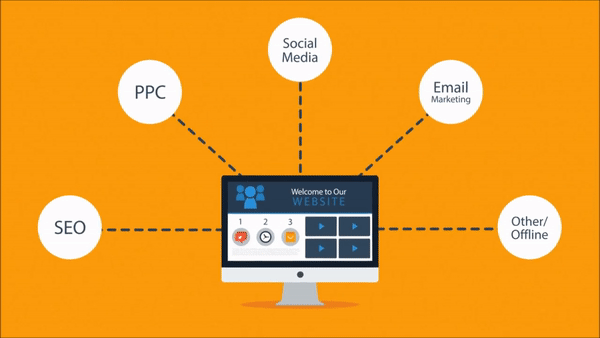Increase your clients base, and maximize profits in your plumbing company with digital marketing KPIs
Do you have an idea of what makes your plumbing company’s marketing or advertising campaigns a success? Clues why is your business not generating enough leads? Why is a plumbing company doing so well?
Well, suppose you are not closely monitoring your plumbing marketing efforts online. In that case, you will never understand what is working or not, and that’s where digital marketing Key Performance Indicators come in. Using KPI, you can measure and track metrics that matter most to your plumbing business growth.
Before internet marketing was introduced, a plumber would only establish how a specific campaign was fairing based on office visits and the number of new clients acquired. However, such results rarely displayed an accurate calculation. But with the right plumbing marketing KPIs, you can know your weak areas and conduct the much-need tweaks in your strategies for maximum results.
That said, here are a few things to understand before selecting and monitoring your digital marketing for plumbers’ KPI.
What Are Plumber KPIs?
A Key Performance Indicator is a measurable attribute showcasing how ineffectively or effectively your plumbing company reaches its desired goals. Plumbing marketing KPIs are quantifiable measures or metrics employed to assess the performance of your company’s marketing objectives. These metrics can be traced to different aspects of your plumbing business, ranging from employees and leads generated to sales.
Internet marketing KPIs go hand in hand with your company’s online marketing strategies regardless of sales growth, brand awareness, SEO strategy, and lead generation. Examples of such metrics include details on conversion rate, engagement rate, sales revenue, page conversion, marketing qualified leads, and SERP. Any measurable figure in your plumber marketing plan that can be acted upon constitutes a KPI.
KPI comes from Google Analytics, lead conversion tool, Google Ads, Google Analytics, or even from your plumbing sales representatives.
Why Track Your Plumbing Marketing’s KPIs? 5 Reasons
When properly used, plumbing marketing KPI tracking can be an incredible tool for growing your company. Some of the key advantages of measuring metrics and acting on data include but are not restricted to:
1. Monitor Your Plumbing Company’s Health
Only a few KPIs are required to measure the health of your company. Plumbers who monitor metrics in categories such as employees, customers, processes, and revenue find it very easy to remain on track while keeping their income high.
2. Measure Processes
KPIs are typically applied to show if your company is attaining its strategic goals set by the top management. Numerous KPIs are utilized to measure processes, such as productivity indicators, profitability indicators, and quality indicators amongst others.
3. Client Metrics
Besides employees and processes, client metrics are also of utmost importance. They can help your company know the number of customers, the revenue generated, and even the cost of acquiring those clients.
4. Operational Metrics
Operations metrics are a good way to help your operations department enhance its day-to-day operations. You can use such metrics to make sure staffing, finances, and marketing are on the right track.
5. Measure Progress Over Time
A good strategy for measuring your business progress is to set targets at the beginning of the year, such as revenue, gross margin, number of locations, and even number of employees. Then, you can use weekly, quarterly and monthly reports to remain on track with the KPIs and progress towards set goals at the start of the year.
In a plumbing marketing campaign, tracking your KPIs is the only way to understand what is working or not. For instance, if you make good money from a specific marketing campaign, but you cannot show what generated that revenue or profit, then you will never know what you need to improve and where you need to invest more. Your site traffic, for example, could be the one driving all your qualified leads and your marketing crew or department is busy investing a lot of dollars on unnecessary channels.
Top 10 Plumbing Marketing KPIs You Should Be Tracking in Your Business
1. Cost Per Lead (CPL)
CPL is a plumbing KPI used in lead generation to know how much each lead costs your company. In simple terms, it shows you the cost of bringing in a lead from your advertising or marketing campaigns. Leads help you understand which contact or user is a potential client. It is normally the initial step into knowing how your internet marketing is performing beyond simple reach from metrics like unique visitors to your plumbing website.
Cost per lead helps you understand where your brand awareness efforts in marketing are most crucial. They tell you whether your campaigns are generating desired results at an affordable cost or not. They assist you to understand the amount of money you need to get a particular set of leads for your plumbing company. Because leads are the starting point of your sales processes, improving and benchmarking your cost per lead is an important metric for your plumbing marketing efforts or campaigns.
2. Conversion Rate (CR)
In plumbing marketing, a conversion happens when a prospect or client completes a particular activity, such as booking a job or subscribing to your newsletter. It can also be any action that helps meet your plumbing company’s objectives. On the other hand, conversion rate measures how regularly a client completes a particular set goal,
Conversion rate is a crucial metric that shows you if your marketing campaigns are on track. They tell you how effective your strategies are in terms of attaining a set goal. A higher conversion rate implies more likelihood of prospects or clients converting after coming across your piece of content. This also means low costs in terms of acquiring customers, which saves you money in the long run.
Consequently, the more conversions, the better your plumbing gets in Google rankings. Thus, if you want to skyrocket your bottom line, make minor but worthy tweaks to your plumbing website. Use Google Optimize together with Google Analytics to test various elements of your website to increase your revenue without necessarily increasing your ad spend.
3. Return on Investment (ROI)
ROI denotes the amount of profit your plumbing company will earn from the money spent on a particular activity or investment like a marketing campaign. As an online marketing metric, ROI helps you know whether your company is profitable or not. It shows the expenditures as well as activities connected with them that are creating revenue and those that are not.
So, it is an important tool for planning your marketing or advertising budgets. While it is not possible to capture the total money spent on marketing activity, say a Google Ad campaign, it is crucial to make sure that your ROI is comparable to other internet marketing activities.
4. Bounce Rate
Simply put, bounce rate refers to the number of clients or prospects who visit your plumbing website and leave right away without completing any meaningful action. If your site has a high bounce rate, this is a good indication that there are flaws in your online marketing strategies, and some of them could be irrelevant traffic sources, weak landing pages, or poor targeting, amongst others.
A prospect visiting and clicking off your website also implies they didn’t find what they were searching for and the only way to make sure that they spend time on it is by auditing your content and identifying what they are looking for. This way, you will craft relevant content that will attract them.
5. Cost Per Acquisition (CPA)
CPA revolves around revenue after a lead becomes a paying client. It gives you a rough idea of how much you will spend to get a client to open his or her wallet. CPA is a deal for paid search marketing campaigns like Pay-Per-Click campaigns.
5. Click-Through Rate (CTR)
CTR is another internet marketing metric that quantifies the number of clicks on a specific content over the number of impressions it achieves. It is the percentage of prospects that click on a campaign after coming across it.
CTR is the simple form of engagement rate because the only engagement counted is the one that matters the most and clicks on a link. This metric shows whether your site content is interesting to grab people’s attention and lead them to click on the link and be redirected to the plumbing website.
In Google ads, CTR boosts your quality score each time a user clicks on an ad, and when this occurs, your ads are ranked on top of SERPs, which has other advantages, such as increased traffic and more conversions.
6. Lifetime Value
Customer lifetime value refers to a KPI used to measure the amount of revenue you can expect from a specific client for the entire period of doing business with your company.
A higher customer lifetime value indicates that your plumbing business is doing well and often signals a profit. It helps you understand how valuable different customers are and thus allocate more resources to them.
7. Business Growth
Another important KPI for plumbers is the business growth metric. This can be calculated in numerous ways, but estimating your annual gross profit margins is the most effective is the most effective. This is where you bring things like cost of operation like salaries, and cost of equipment into the equation. To find your gross profit margin, calculate your total sales revenue and subtract your total cost of operation, divide the figure you obtain with sales revenue again.
8. Customer Satisfaction
Lastly, client satisfaction. Do you know that it is much cheaper to keep an existing customer than to try to get a new one? This is why customer satisfaction is an important KPI for plumbers; since client satisfaction leads to retention.
You can assess your customer satisfaction levels by developing a questionnaire form and asking clients to fill it out. Keeping your eye on online reviews is also crucial. You can improve customer satisfaction by responding to all reviews (whether negative or positive) promptly and professionally.
Top Channels for Local Plumbing Contractors to Generate Qualified Leads
By analyzing your overall plumbing marketing strategy and how every lead source generates qualified sales for your company.
Then you can begin to work on the different marketing efforts with every channel to obtain more qualified leads, increase sales growth and reduce client acquisition costs.
While monitoring plumbing marketing KPIs your sales crew should come in to see how your collective advertising or marketing efforts generate results across the following channels.
Organic Search
Homeowners and property managers use search engines such as Google or Bing to find information about a local service business and click on the organic results shown to them. No advertisements. Organic site traffic will be one of the cheapest in terms of acquiring leads but will take the longest time to develop and achieve realistic results.
Paid Advertising
There are multiple ways paid advertising is showcased to your potential clients to boost website traffic, and here are some examples. But, if you want to increase your chances of increasing traffic to lead ratio, landing pages are a perfect way to achieve this.
- Google Local Service Ads
- Text ads from Google Ads
- Display advertising on other sites
- Paid ads on social media websites
- Click to call ads from Google
Social Media Marketing
Social media is one of those platforms that can help you in various ways. Not all resulting to direct sales, but offering you an opportunity to build and get:
- Brand awareness
- Potential client referrals
- Client support channel
As you can see, a lot goes into each plumbing marketing KPI, and together they show a clear picture of how your company is performing online. Every monthly report combines it all and makes sure we continually drive revenue in the best ways possible. At Blackstorm Design +Marketing, we are in the business to create lifelong partnerships, and such plumbing business marketing KPIs hold our team accountable.
Let’s work together to create a strong online presence for your plumbing company so you can book more jobs on the web.
Schedule a free strategy session with Blackstorm Design + Marketing to learn how we can help your plumbing business grow today.





